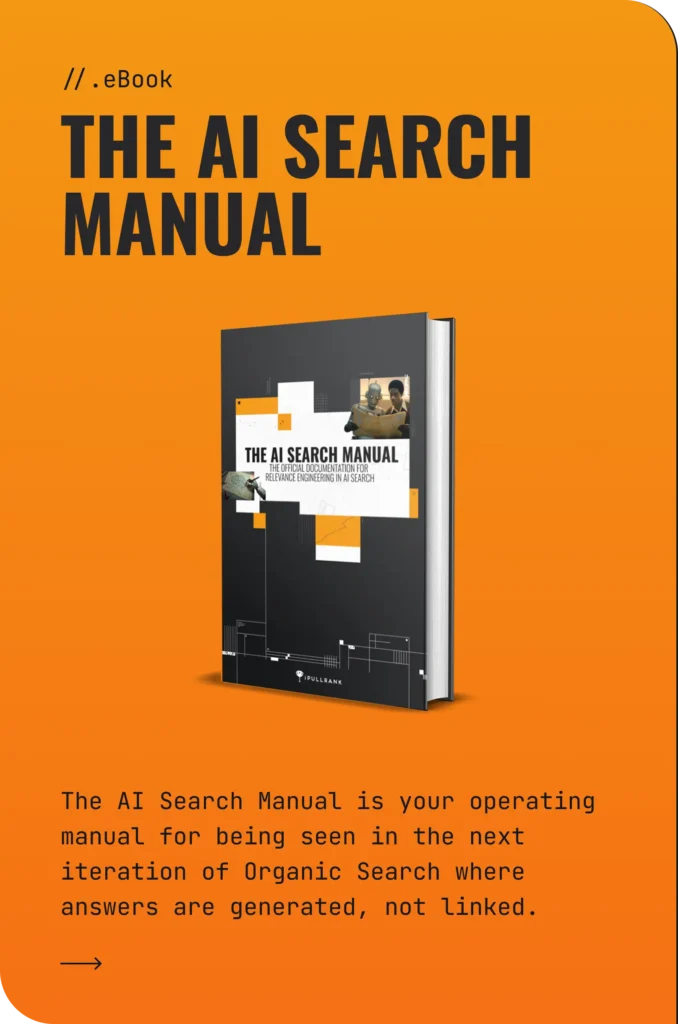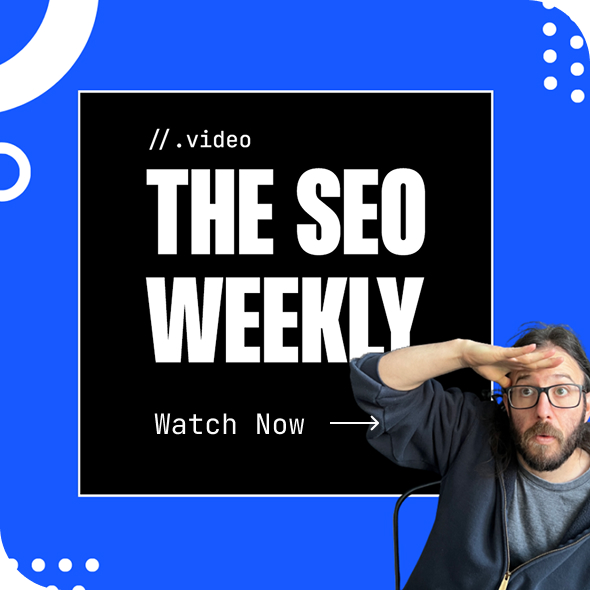You may have been churning out keyword-based content for years, getting your site to rank well in your industry, and happily watching your site’s traffic go up. Suddenly, the arrow isn’t going up anymore. It’s plateaued or even going down. Generative AI systems are providing zero-click answers and taking your traffic. Now what?
It’s time to get back to basics.
Large language models (LLMs) are sifting through your content in many ways. They’re pulling out passages from pages deep within your site, they’re looking for semantic relevance and related subjects that are close together in vector space, and they’re using your brand’s prominence (or lack thereof) to determine where you fit in.
If your content isn’t written out in a clear, concise, and well-organized way, by experts with a track record of producing similar content, you (and your business) will get left behind.
About Relevance Engineering
Relevance Engineering is the intersection of information retrieval, user experience, artificial intelligence, content strategy, and digital PR. It’s also the future of search, but only if you do it right.
Relevance Engineering (r19g) makes relevance concrete and transforms it into something that can be quantified and evaluated. Traditional SEO often leans on speculation or instinct about Google’s algorithms, but this approach provides a data-backed, scientific view. Since relevance isn’t subjective, we need relevance scores baked into our toolsets.
Instead of treating content as a vague marketing asset, Relevance Engineering approaches it as part of a structured, analytical system touching on these five factors:
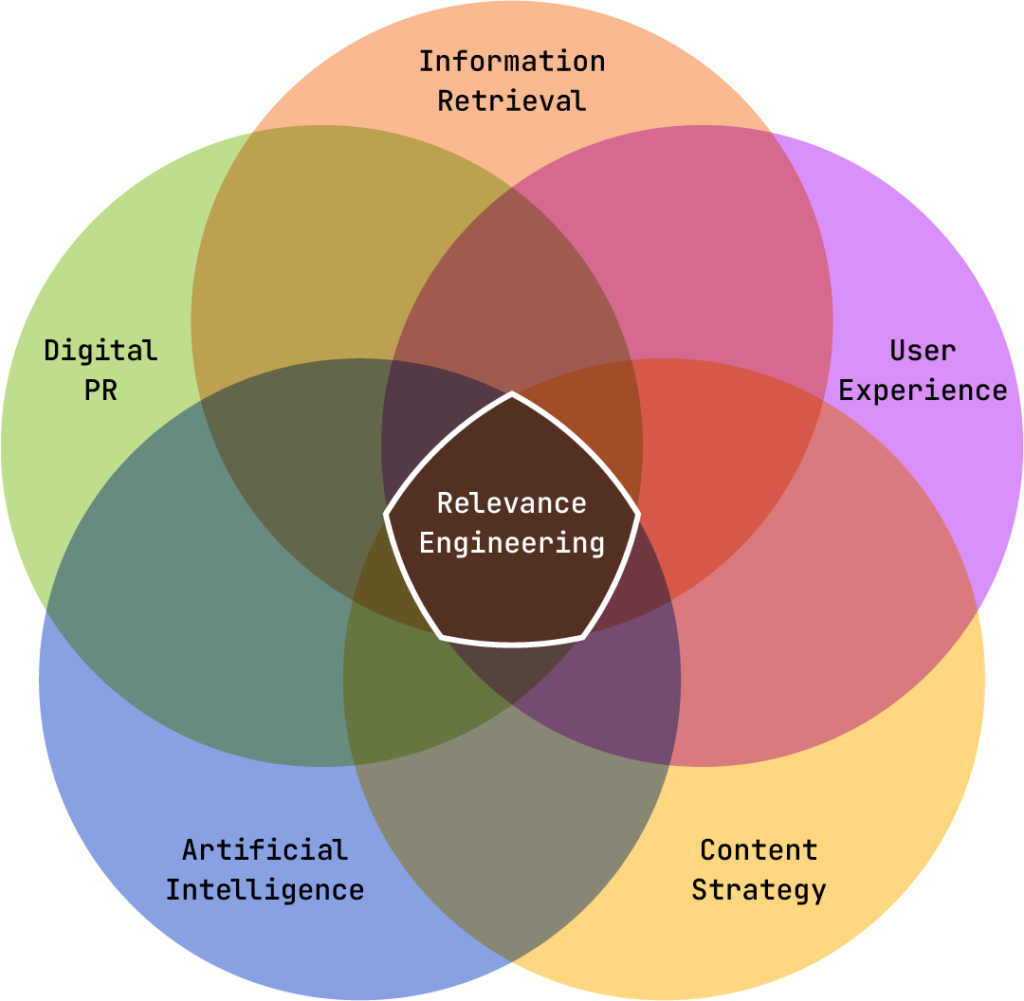
- Digital PR: At SEO Week 2025, Rand Fishkin said: “More than half of searchers already know what they want.” Users are clicking less so it’s vital that your brand is prominent in LLMs. And if it’s not, users need to be familiar enough with your brand to go directly to your website.
- Information Retrieval: The structure of your entire site and all of its content directly affects how search engines crawl, index, and retrieve your information. LLMs dig deep within your site, with 82% of AI Overviews citing pages that are two or more clicks away from the homepage, so it all needs to be updated, pruned, and optimized.
- User Experience: The way that your content is laid out on the page impacts how easily LLMs can find and understand it. Are there clear headings? Are your sections long and vague or are they brief and specific? Is your content answering questions?
- Content Strategy: What’s commonly labeled as “content strategy” in SEO is too often a set of high-level plans that sound good but rarely translate into execution. You need quantitative data to measure the relevance of your content.
- Artificial Intelligence: AI is reshaping how relevance is determined. AI influences everything from personalized search results to natural language processing, and Relevance Engineering must account for this evolution.
Read Francine's Relevance Engineering primer
Content Tips to Do Right Now
As content engineers, there are three big things you should be doing to develop and optimize content that actually performs:
- Embracing Retrieval-Augmented Generation (RAG)
- Using topical clustering
- Pruning content that doesn’t fit
These strategies work together to make your site more relevant, discoverable, and trustworthy for both search engines and AI systems.
First, RAG is changing how content gets found, and understanding how it works will help you feed it better inputs. It can also help you with automating your content creation process.
LLMs pull from external sources to generate answers, and they’re more likely to use content that’s original, clearly written, and closely related to the topic. Structuring your content around connected subjects is key. That’s where topical clustering comes in.
When your site is organized logically and related pages are linked together, you’re showing both users and search engines that you cover the topic in depth. Add in recent updates, strong backlinks, and an easy user experience and you’ll be in good shape.
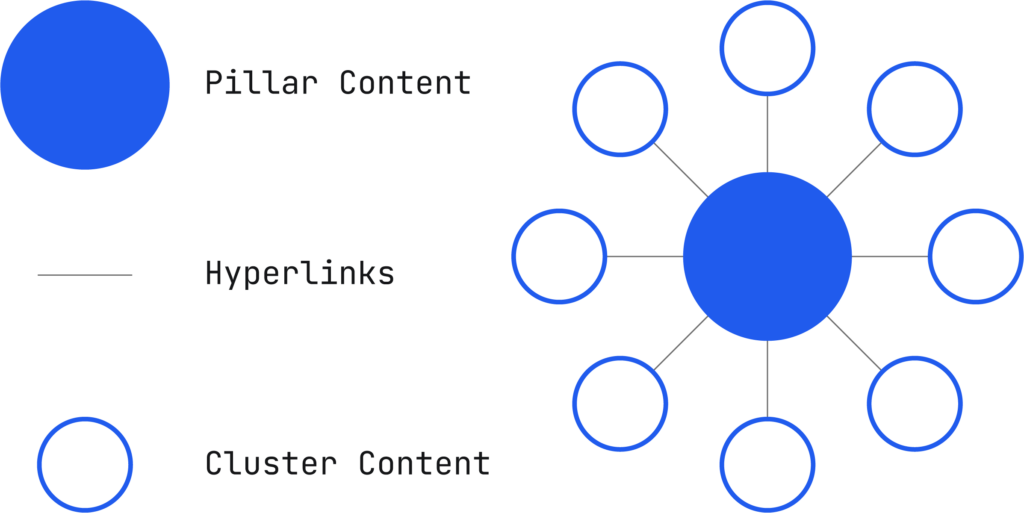
We also know Google uses vector embeddings to measure how closely each page fits with the rest of your content. If you’re publishing content that is too far off from your main themes, it probably won’t rank well. Expanding into new areas needs to be done carefully, with either a clear content strategy or authors who already have authority in that space. Encourage your contributors to build credibility across the web and treat their bylines as a real asset.
Lastly, don’t be afraid to prune content that no longer serves your site. Removing pages that don’t support your core topics can actually boost the performance of the rest. It’s not just about having more content, it’s about having the right content.
Check out these results of content pruning that Eric Gilley wrote about in his blog, “Relevance Engineering at Scale:”
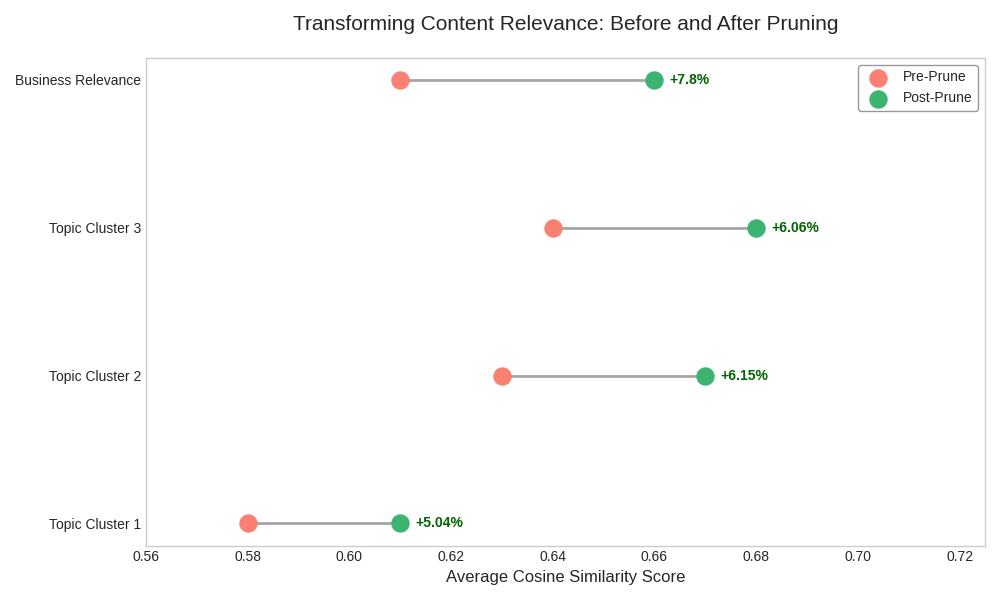
Creating Semantically Relevant Content
Crafting content isn’t about hitting a specific word count or cramming keywords into H2s. LLMs use content that’s relevant to a particular topic and connects easily to similar content in vector space. We know now that relevance is a quantitative measure determined by how similar the vectors are between documents and queries.
You need to engineer this relevant content in such a way that AI systems can’t help but include it in their output. Here are some tips that may help you:
Clearly Structure Your Content into Semantic Units
Semantic triples (subject-predicate-object) are text expressions of structured data and can boost retrieval accuracy and content relevance. Your content should be broken down into clearly defined sections covering a specific topic to support the creation of focused embeddings for each passage. Avoid ambiguity at all costs. You should also use closely related keywords, synonyms, or entities to enhance semantic understanding.
Shorter paragraphs tend to capture concepts or ideas more cleanly, resulting in clearer vector embeddings. Long paragraphs often blend multiple ideas, making embeddings less specific. When the embedding model creates a vector representation, it’s easier to match precise user queries. Paragraphs should focus on a single topic or concept with headings and subheadings to clearly separate sections.
Here are some examples:
Instead of a long, ambiguous paragraph, like this one on the H&M website:

Use distinct semantic units with a heading and short passages, like these on the Marshall’s website:
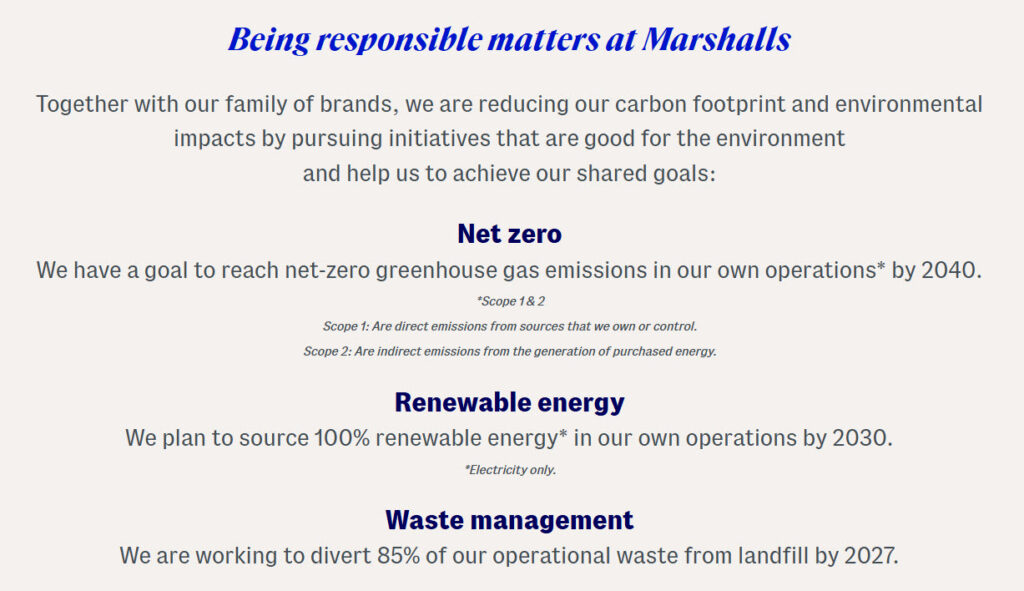
Instead of baseless phrases like this on the LLBean site:

Be detailed and specific like on the REI website:

Instead of vague, rambling sentences like this on the Newtown Savings Bank website:
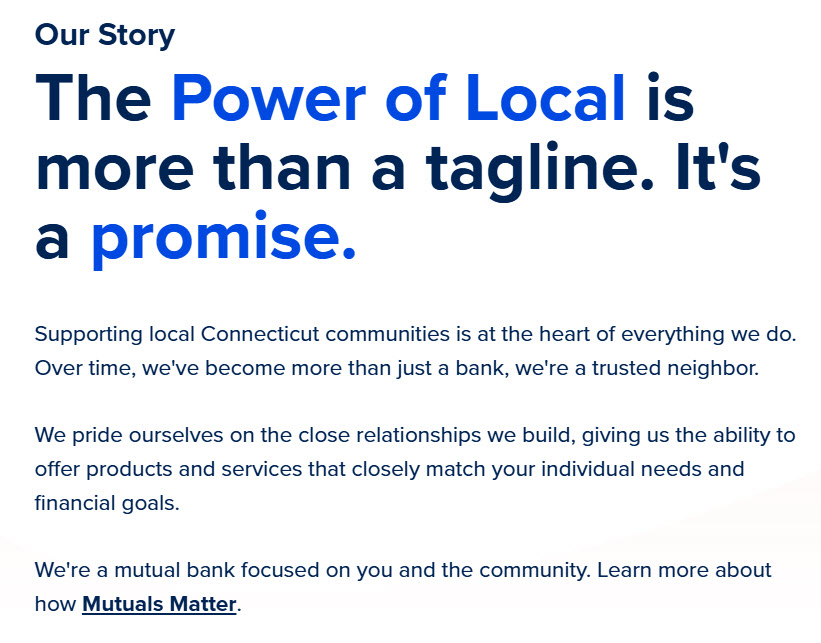
Use clear subject-predicate-object structure like on the Webster Bank website:
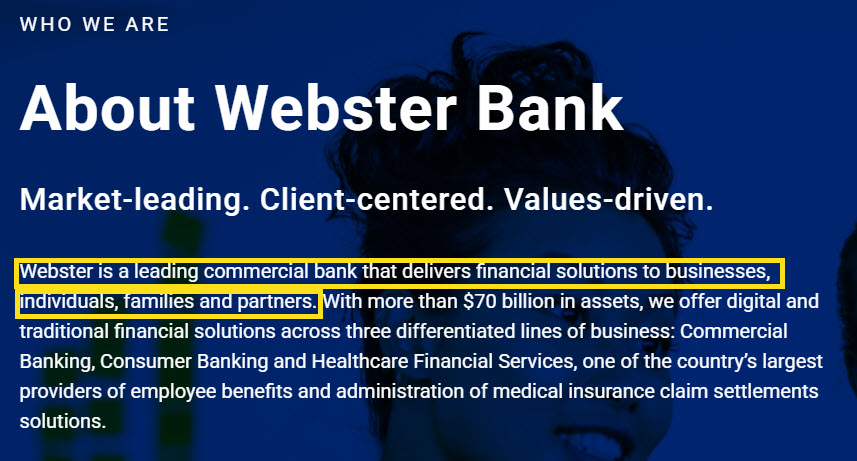
Provide Unique and Exclusive Insights
When you’re creating content for the web, one of the best things you can do is include unique, proprietary data or insights. LLMs tend to favor content that stands out and offers something original. If your content includes information that can’t be found anywhere else, like internal research, customer trends, or your own analysis, it helps establish your site as a trustworthy source.
This increases the chances that your page will be pulled into RAG pipelines, where LLMs look for reliable external sources to back up their answers. Basically, the more unique your content is, the more useful it becomes. And not just for AI but for people, too.
For example, Ahrefs recently performed a study on AI Overviews and released loads of proprietary data on millions of AIOs and searches, which provided important information for the SEO community.
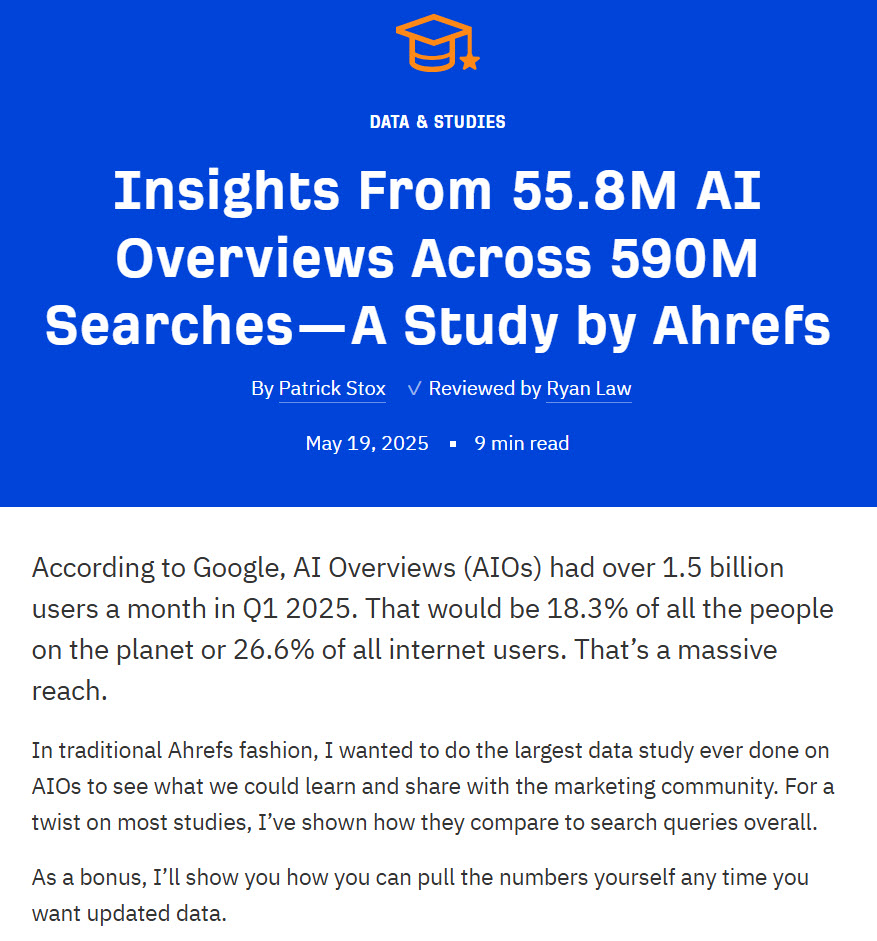
Build a Table of Contents and Use Anchor Links
Lay out specifically what’s on your page (like the headers for each section of your blog) and then insert anchor links to help Google understand where the user is meant to go.
Not only does this help search systems but it also makes it easier for users to navigate your pages. See this example from the Semrush blog:

Staying Relevant in LLMs
If you want your content to show up in AI responses and stay competitive in search, it’s time to rethink how you build it. Keyword stuffing and shallow blogs aren’t enough. You need to engineer content that’s deeply relevant, clearly structured, and backed by real expertise.
Think in semantic units, invest in original insights, and keep your content ecosystem tightly focused on what you want to be known for. That’s how you stay visible. That’s how you stay useful. And most importantly, that’s how you stay ahead.
If you’re interested in learning more about how Relevance Engineering can bring your website back to life, feel free to reach out to us. We can help you.

